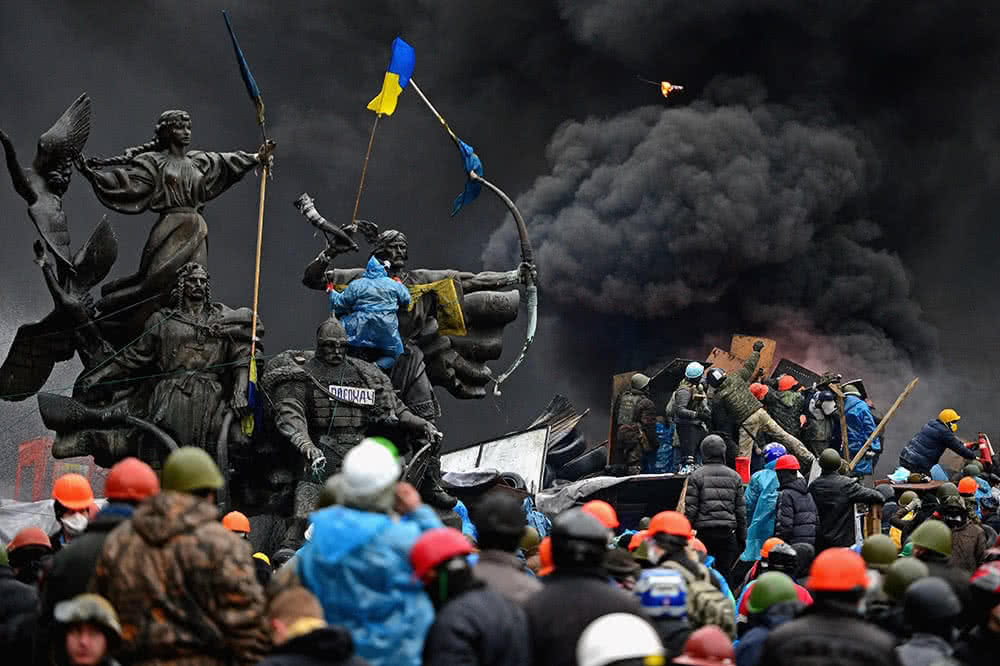We spoke to celebrity portrait and commercial sports photographer, Ian Derry about his experience with the new Zeiss Otus lenses.
Hi Ian, thanks so much for talking to us today. You’ve made a series of visits to our London Showroom recently and rumour has it the new Zeiss Otus lenses are involved. What’s the story?
I originally popped into Fixation to look at the 5DS R. I was after the epic image quality and clarity of Medium Format, without the associated expense, weight and limited portability.
I hired the camera from Fixation for a weekend and loved it, but I still didn’t feel like I was making the quantum leap in quality that I was hoping for when using it with the Canon 50mm ƒ/1.2 and the 85mm ƒ/1.2, despite the fact they are premier lenses. Someone then recommended the Zeiss lenses, so I popped back into Fixation and hired the Zeiss Otus 55mm ƒ/1.4. It was an immediate “WOW”. The clarity was amazing and I pretty much had medium format quality on a 35mm camera. I returned to Fixation soon after and purchased the Zeiss Otus 85mm for myself.
 © Ian Derry
© Ian Derry
How quickly did you see the difference in the Zeiss Otus lens?
Pretty much immediately. We tested on the chart alongside the Canon primes and the Zeiss was just so incredibly sharp by comparison – it was head and shoulders above the rest. We were stunned by the quality and just had to have it. There wasn’t much of an argument against, but at £3,000 each they are costly and it was quite an investment, but once you see that clarity you can’t really go back. The colours are also truer and there’s great edge-to-edge definition too.
 © Ian Derry
© Ian Derry
What other camera kit do you use?
I have been using the Canon 1Dx and in the near future would like to test the Mark II version. However, my main camera for the Zeiss Otus lenses is the Canon 5DS R, as this combination gives me fantastic results. I work in studios mostly, using low ISOs around 100 or 200. The biggest drawback of this camera is that it doesn’t like high ISOs, but because I’m working in a studio a lot it works really well. I think the combination of that camera and that lens is utterly brilliant.
 © Ian Derry
© Ian Derry
How do Zeiss Otus lenses compare to others?
ID: There is certainly still a time and a place for Canon lenses. The Zeiss lenses are manual focus only, so if I’m working really quickly and need the use of autofocus I would switch back to Canon. I wouldn’t even attempt to use the Zeiss in unpredictable shoots like my sports or action work, only for those shoots in a controlled environment that I can predict. Ultimately, the most important factor about lenses is the focus. If it’s in focus – BAM! – you’ve got the winning shot. I get this with Canon, but the Zeiss also gives extra clarity. When you’re doing a portrait of somebody and they’re looking at you and you’re looking back into their eyes, the extra clarity the lens brings gives it a bit more depth.
Has the Zeiss Otus changed the way you work?
One drawback with the Zeiss lenses is how precise it has to be. It can look sharp through the camera, but when you review the image it might not be quite spot-on, so you have to be on your “A” game. I tend to listen hard for the focus-confirmation beep on the camera now, as it gives me the indication that it’s in focus. I shoot tethered, so we check focus on the monitor all the time, but even more so with Zeiss because at first glance it can look sharp without being quite pin. The whole photography shoot becomes a slower process as you need to focus, re-frame, refocus etc.
I photograph celebrities quite a lot and surprisingly this slower pace has turned out to be a positive experience for my clients. In a normal situation, someone comes in, sits down and click, click, click – we’re done! When you arrive with a Zeiss lens and slow the whole process down it becomes more of a shared experience. Sitters have been quite interested in the different equipment and it makes for a more interesting shoot for them as well. It’s almost like going back to the Polaroid period where you take a Polaroid, you stop, you chat, you wait for the Polaroid to develop before getting to the next stage. The whole portraiture process is slowed down, making it more intimate.
 © Ian Derry
© Ian Derry
Do you think you can see this intimacy reflected in the images?
I think you do. Its only small, but when everyone shoots the same way and you come in with something slightly different, it just changes the pace and the interest shows. Quite a lot of people are interested in photography these days and so it becomes a talking point.
 © Ian Derry
© Ian Derry
Do you also notice the difference when shooting video with these lenses?
Yes, it’s a massive difference here too. Again, it all comes down to the clarity that I keep referring to. I made a short film earlier this year and we used the 55mm Zeiss Otus on a Sony F55. I can’t tell you too much about it yet, but the film is 3 minutes long and is about a lady who free dives, she just holds her breath and dives, but she does it under ice. Keep an eye out, I’ll be posting updates on Twitter soon! You’ll really see the difference the lens makes.
 © Ian Derry
© Ian Derry
All images displayed in this post were taken using a Zeiss Otus lens available to purchase or hire from Fixation.
Ian was talking to Kate Wilkinson.
























